Alexandre Gustave Eiffel was a French engineer, best known for the famous Parisian landmark that bears his name. Born in Dijon on December 15, 1832, Eiffel came from a well-to-do family of German descent. After graduating in chemistry from the École Centrale in Paris, he began working in the field of railway bridge construction. His first professional achievement of note arrived in 1858, when he supervised the construction of a viaduct over the Garonne river in Bordeaux.
In 1864, Eiffel moved to Paris where he set up his own company, the Maison G. Eiffel – Ateliers de constructions métalliques. Having specialized in bridge building and other metallic structures, Eiffel started to experiment with innovative techniques. He patented a prefabrication process and was one of the first to use compressed air caissons. In 1877 came the inauguration of Eiffel’s Maria Pia Bridge, a steel single-arch structure over the river Duoro in Oporto, Portugal. Between 1880 and 1884, Eiffel was responsible for the Garabit railway bridge over the Truyère River in south-central France. Standing 122 meters high, this remained the world’s tallest bridge for many years.
Among Eiffel’s most prestigious commissions was the steel framework for the Statue of Liberty. Designed by the sculptor Frederic-Auguste Bartholdi, the work was completed in 1884 and donated by France to the United States as a symbol of friendship between the two nations. In 1887, construction began on the Eiffel Tower, designed to commemorate the centennial of the French Revolution at the 1889 Universal Exposition. The structure included 16,000 steel girders, stood 312 meters high and weighed 7,300 tons.
Eiffel’s tower was considered so innovative that people nicknamed him the “iron magician". At the beginning of the twentieth century, Eiffel turned his attention to aerodynamics, meteorology, and radio communications. He even created a laboratory where he conducted experiments in the very tower that bore his name. Gustave Eiffel died in Paris on December 28, 1923. He was 91. Eiffel is remembered for the Tour Eiffel, as well as for his innovative approach to engineering design.
In 1864, Eiffel moved to Paris where he set up his own company, the Maison G. Eiffel – Ateliers de constructions métalliques. Having specialized in bridge building and other metallic structures, Eiffel started to experiment with innovative techniques. He patented a prefabrication process and was one of the first to use compressed air caissons. In 1877 came the inauguration of Eiffel’s Maria Pia Bridge, a steel single-arch structure over the river Duoro in Oporto, Portugal. Between 1880 and 1884, Eiffel was responsible for the Garabit railway bridge over the Truyère River in south-central France. Standing 122 meters high, this remained the world’s tallest bridge for many years.
Among Eiffel’s most prestigious commissions was the steel framework for the Statue of Liberty. Designed by the sculptor Frederic-Auguste Bartholdi, the work was completed in 1884 and donated by France to the United States as a symbol of friendship between the two nations. In 1887, construction began on the Eiffel Tower, designed to commemorate the centennial of the French Revolution at the 1889 Universal Exposition. The structure included 16,000 steel girders, stood 312 meters high and weighed 7,300 tons.
Eiffel’s tower was considered so innovative that people nicknamed him the “iron magician". At the beginning of the twentieth century, Eiffel turned his attention to aerodynamics, meteorology, and radio communications. He even created a laboratory where he conducted experiments in the very tower that bore his name. Gustave Eiffel died in Paris on December 28, 1923. He was 91. Eiffel is remembered for the Tour Eiffel, as well as for his innovative approach to engineering design.
RELATED
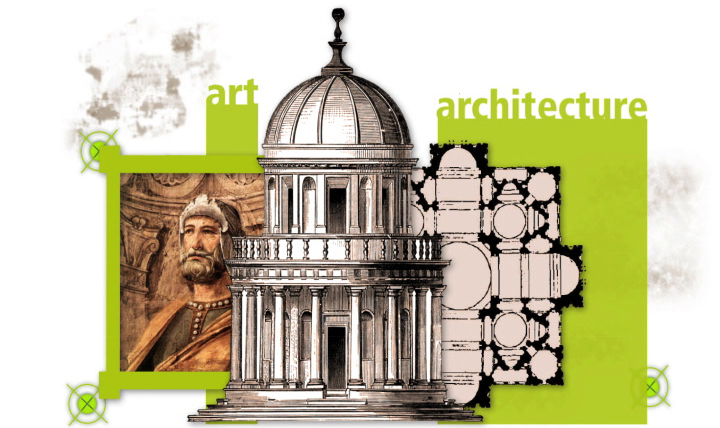

DONATO BRAMANTE
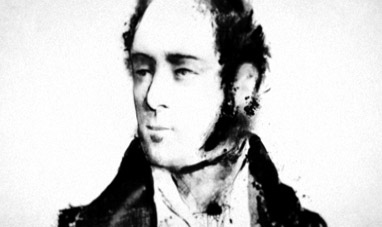

VINCENZO BELLINI


GIULIO PAOLINI


LE CORBUSIER
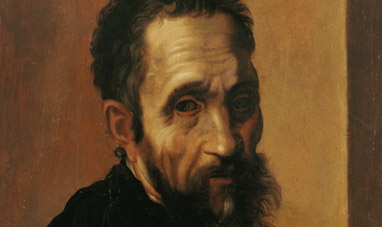

MICHELANGELO BUONARROTI
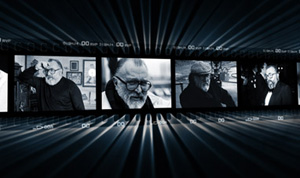

SERGIO LEONE
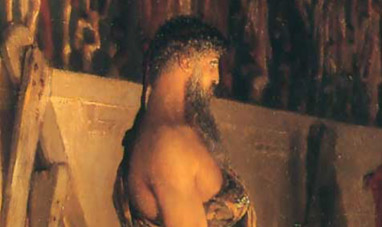

PHIDIAS
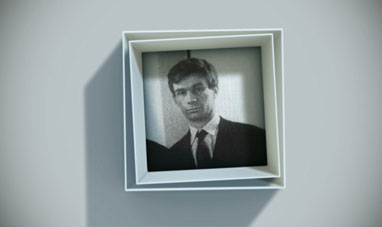

ENRICO CASTELLANI
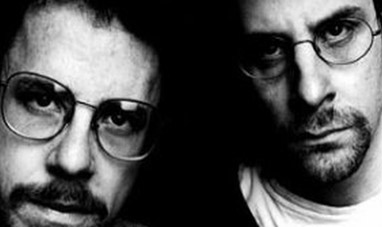

JOEL AND ETHAN COEN
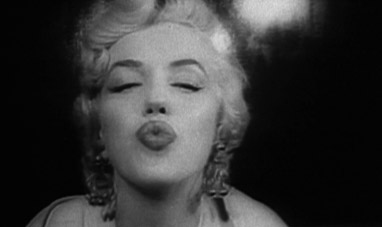

MARILYN MONROE
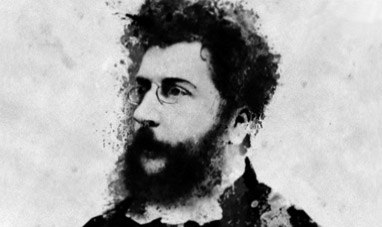

GEORGES BIZET
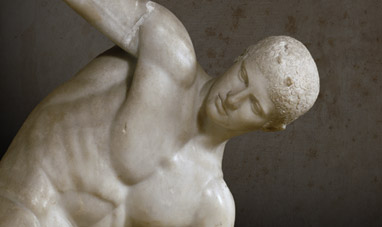

MYRON
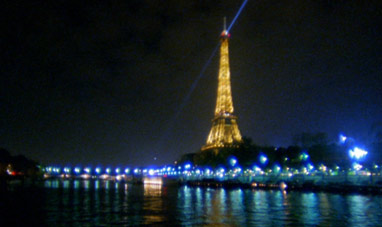

PARIS
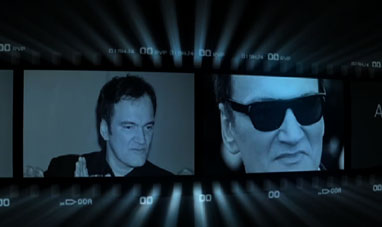

QUENTIN TARANTINO
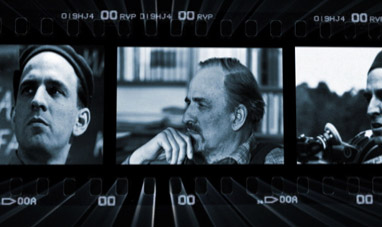

INGMAR BERGMAN
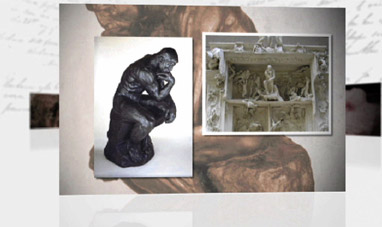

AUGUSTE RODIN
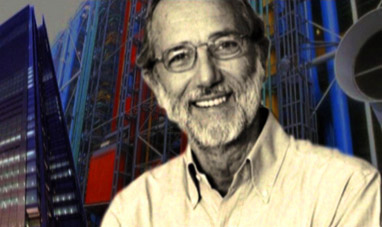

RENZO PIANO
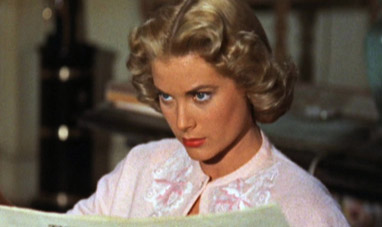

GRACE KELLY
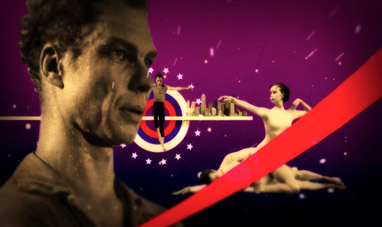

MERCE CUNNINGHAM
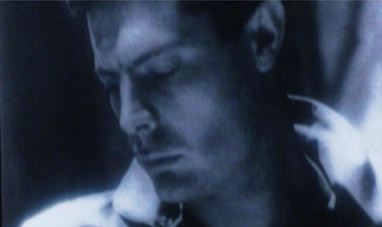

MARCELLO MASTROIANNI
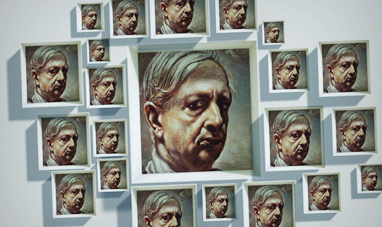

GIORGIO DE CHIRICO


GIAN MARIA VOLONTÉ
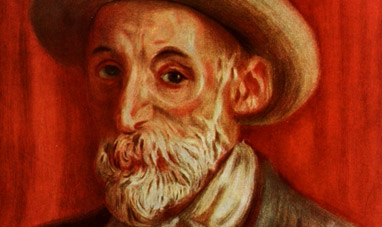

PIERRE AUGUSTE RENOIR
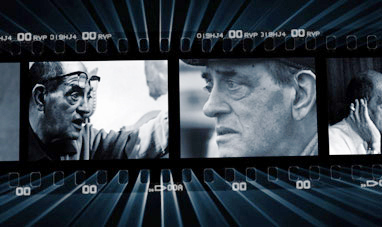

LUIS BUÑUEL
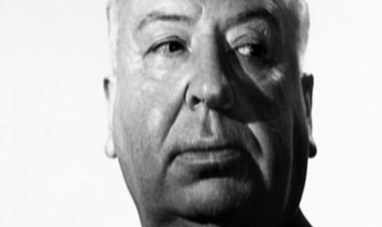

ALFRED HITCHCOCK
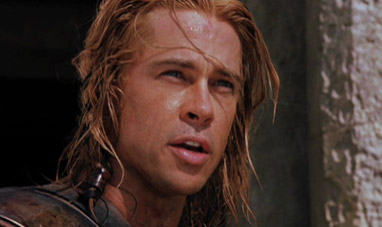

BRAD PITT


SERGEI RACHMANINOFF


CHARLES BUKOWSKI
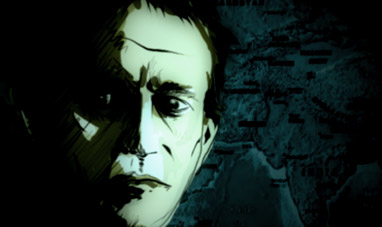

BRUCE CHATWIN
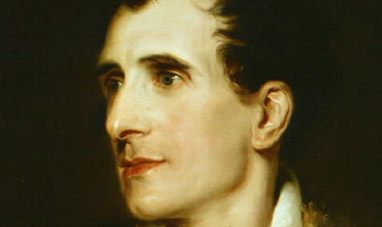

ANTONIO CANOVA


JOAN CRAWFORD
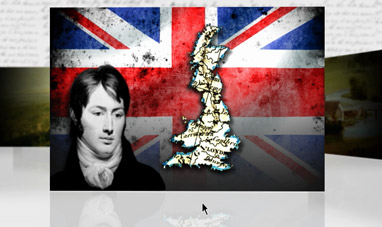

JOHN CONSTABLE
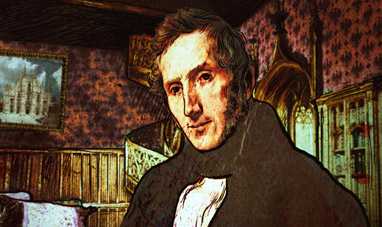

ALESSANDRO MANZONI
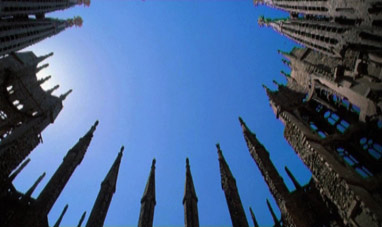

ANTONI GAUDÍ


CARA DELEVINGNE
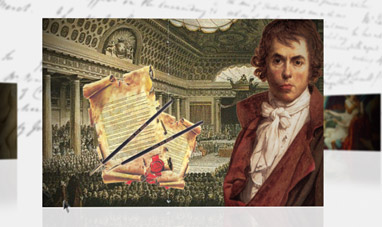

JACQUES LOUIS DAVID
